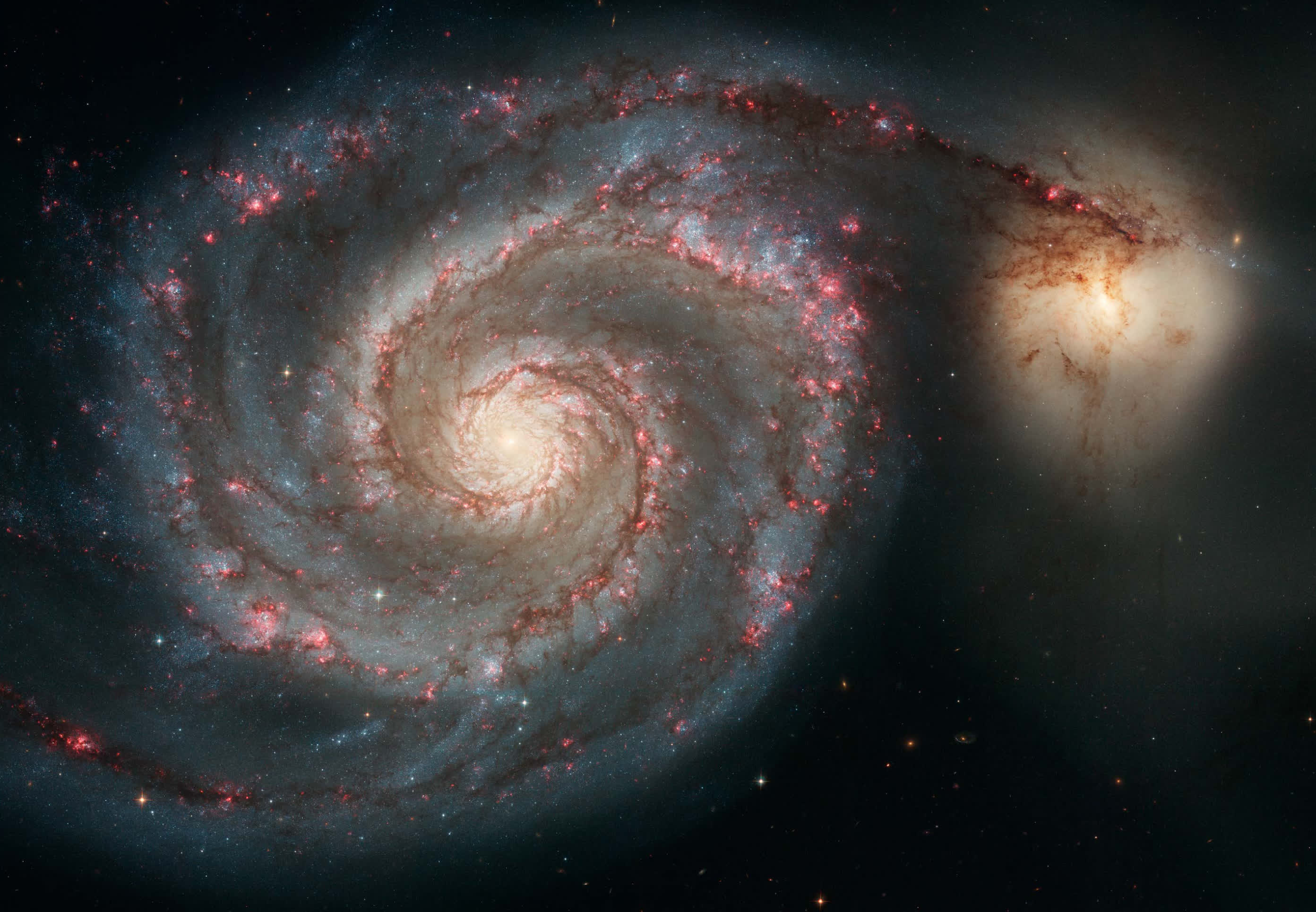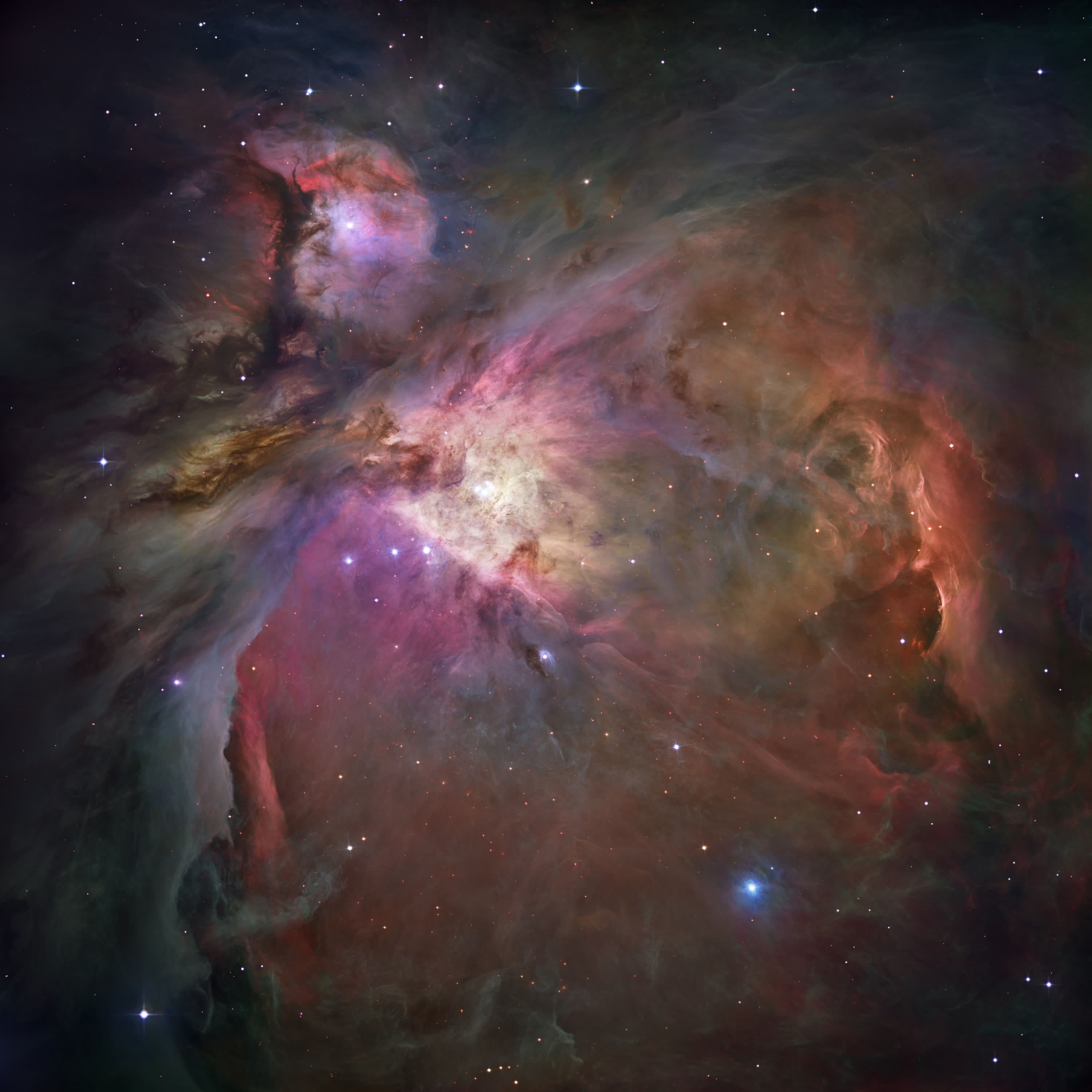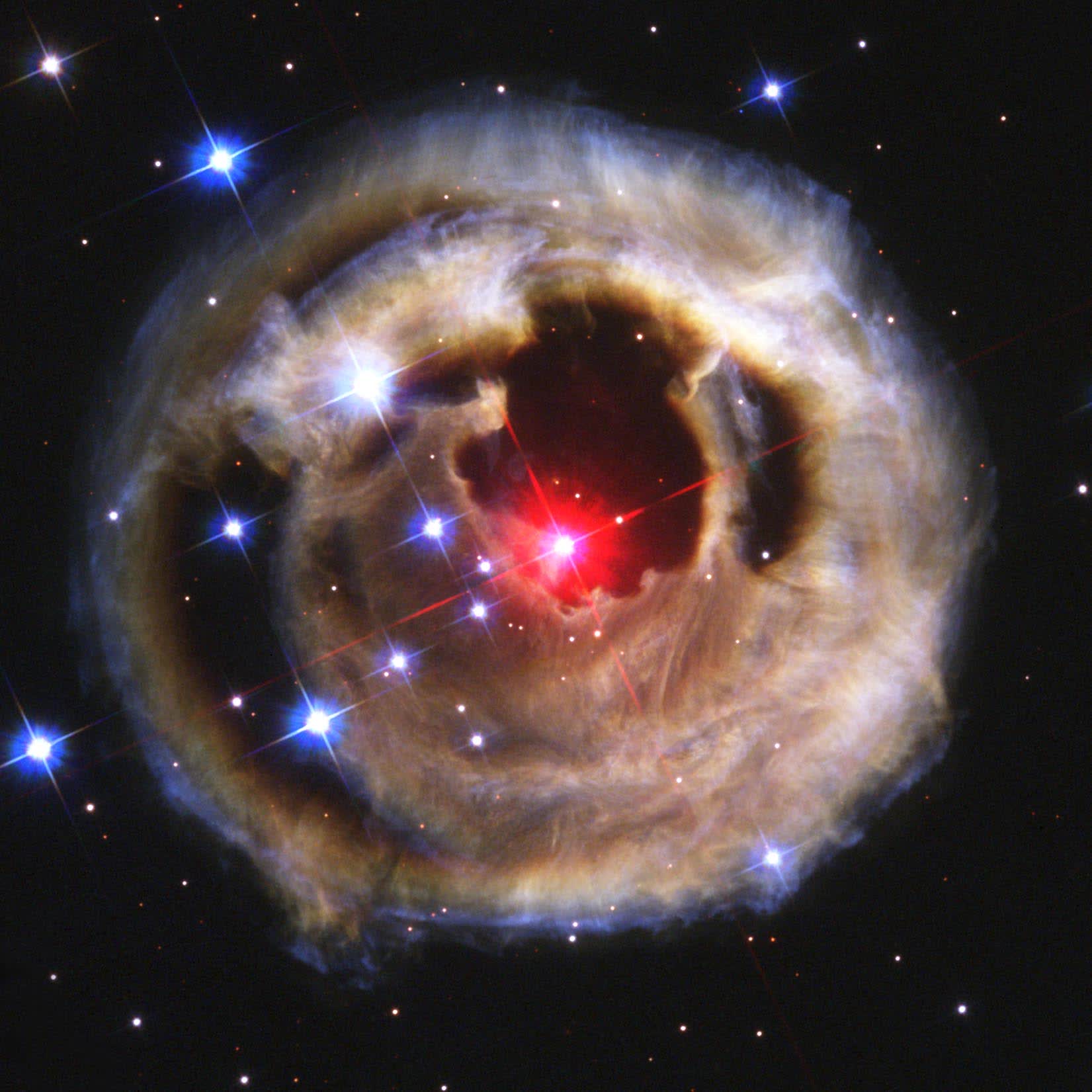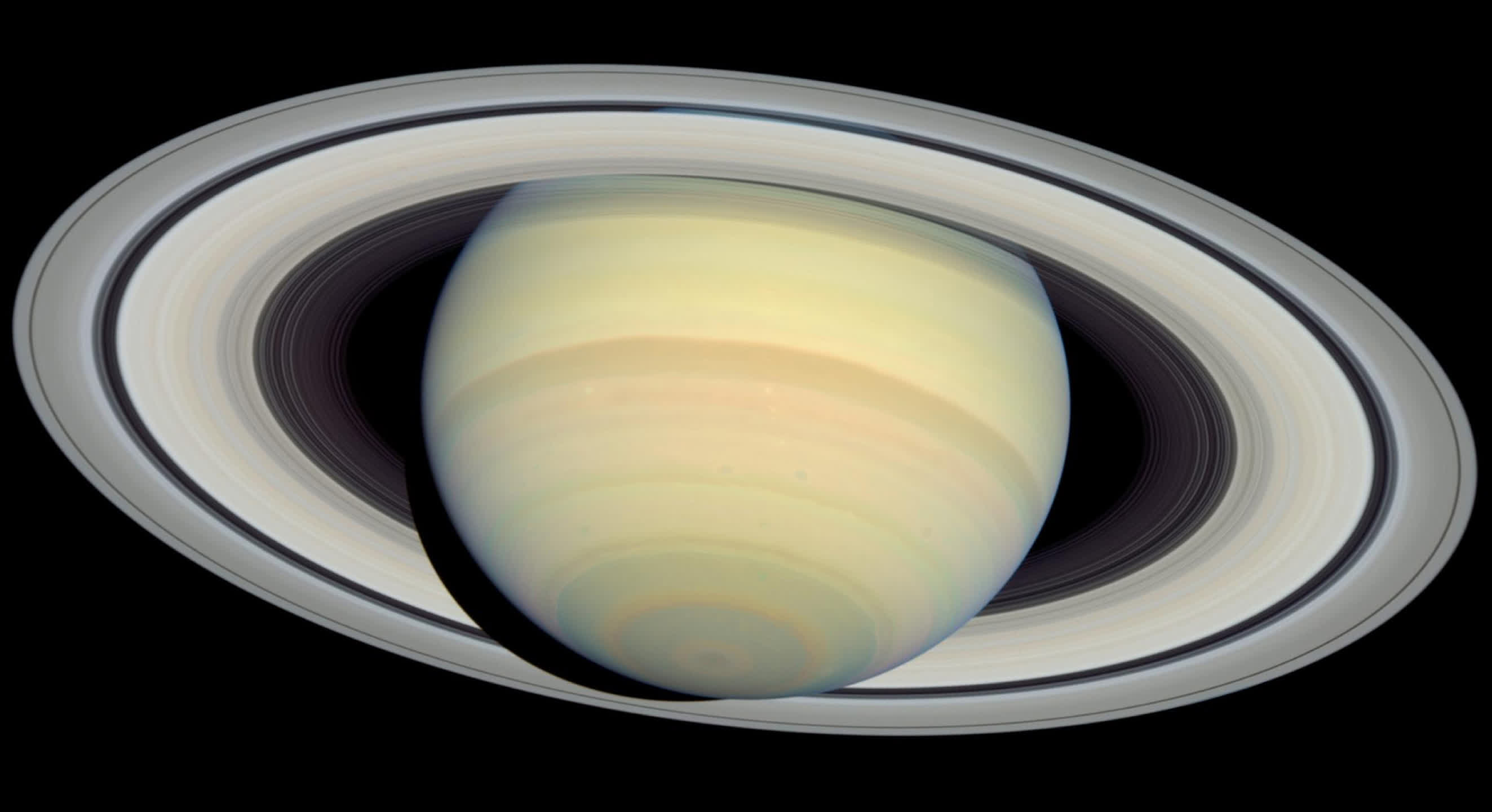In brief: NASA is celebrating the 20th anniversary of the installation of the Advanced Camera for Surveys on the Hubble Space Telescope by looking back at some of the more than 125,000 pictures captured over the past two decades.

The workhorse that is the Hubble Space Telescope has provided humanity with jaw-dropping images of our solar system and the universe at large for more than 30 years, despite a serious issue with the scope’s optical system that required hands-on repair in 1993.
NASA astronauts in 2002 installed the Advanced Camera for Surveys (ACS), further expanding Hubble’s capabilities to see back in time – to within 435 million years of the Big Bang.
Highlights from the ACS include the photo above, which is the sharpest-ever image captured of the spiral galaxy M51 (NGC 5194). The Whirlpool Galaxy, as it is commonly called, is located 31 million light-years away in the constellation Canes Venatici (the Hunting Dogs). The small, yellowish galaxy at the top right – NGC 5195 – is actually passing behind the Whirlpool Galaxy and has been doing so for hundreds of millions of years.

NASA describes the Orion Nebula as a picture book of star formation. At roughly 1,500 light-years away, it is also the closest star-forming region to Earth.
The image above features more than 3,000 stars of various sizes, some of which had never been seen in visible light prior to this superimposed image. Near the center are the nebula’s four largest stars, collectively referred to as the Trapezium due to their arrangement in a trapezoid pattern. The less prominent stars near the bottom are brown dwarfs, cool objects that cannot sustain nuclear fusion in their cores as our Sun does.
This picture was created using 520 Hubble images snapped in five colors. A ground-based photo from the 2.2 meter telescope at the European Southern Observatory was also used to fill out the nebula.

Hubble’s ACS in 2002 managed to capture an unusual phenomenon called a light echo. This particular instance came from the variable star V838 Monocerotis (V838 Mon). For reasons still unclear, the star temporarily became 600,000 times brighter than our Sun.
Due to the sheer distance the light had to travel and the amount of dust it reflected off of, ACS was able to monitor the event for several years.
You've likely seen dozens - if not hundreds - of images of gas giant Saturn, but it never fails to amaze. The second-largest and arguably most photogenic planet in our solar system was captured here by Hubble on March 22, 2004, just a few months before NASA's Cassini spacecraft entered the planet's orbit to begin a 13-year study of the ringed wonder.

Cassini eventually ran out of fuel and in 2017, NASA conducted a planned destruction of the craft by flying it into Saturn's atmosphere.
NASA has also put together a video slideshow featuring even more of Hubble's impressive captures.
https://www.techspot.com/news/93698-check-out-20-years-iconic-images-courtesy-nasa.html